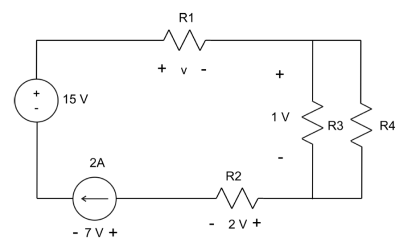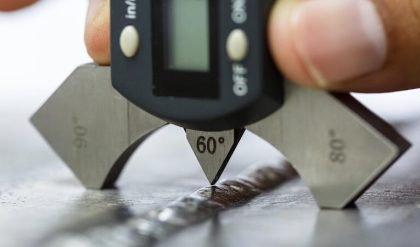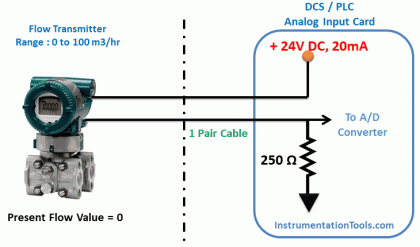It is obvious from Eq. 1.5 and Example 1.1 that the dc resistance of a diode is independent of the shape of the characteristic in the region surrounding the point of interest. If a sinusoidal rather than dc input is applied, the situation will change completely. The varying input will move the instantaneous operating point up and down a region of the characteristics and thus defines a specific change in current and voltage as shown in Fig. 1.27. With no applied varying signal, the point of operation would be the Q-point appearing on Fig. 1.27 determined by the applied dc levels. The designation Q-point is derived from the word quiescent, which means “still or unvarying.”

A straight line drawn tangent to the curve through the Q-point as shown in Fig. 1.28 will define a particular change in voltage and current that can be used to determine the ac or dynamic resistance for this region of the diode characteristics. An effort should be made to keep the change in voltage and current as small as possible and equidistant to either side of the Q-point. In equation form,

where
Δ signifies a finite change in the quantity.
The steeper the slope, the less the value of Δ Vd for the same change in Δ Id and the less the resistance. The ac resistance in the vertical-rise region of the characteristic is therefore quite small, while the ac resistance is much higher at low current levels.

In general, therefore, the lower the Q-point of operation (smaller current or lower voltage) the higher the ac resistance.
For the characteristics of Fig. 1.29:
(a) Determine the ac resistance at ID 2 mA.
(b) Determine the ac resistance at ID 25 mA.
(c) Compare the results of parts (a) and (b) to the dc resistances at each current level.






